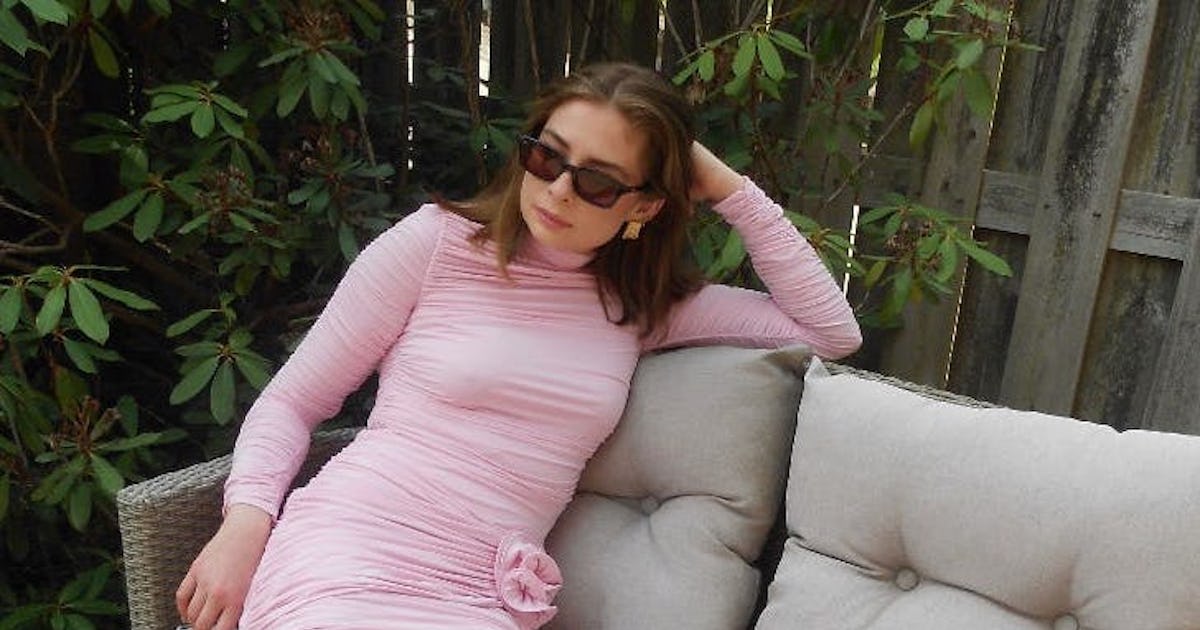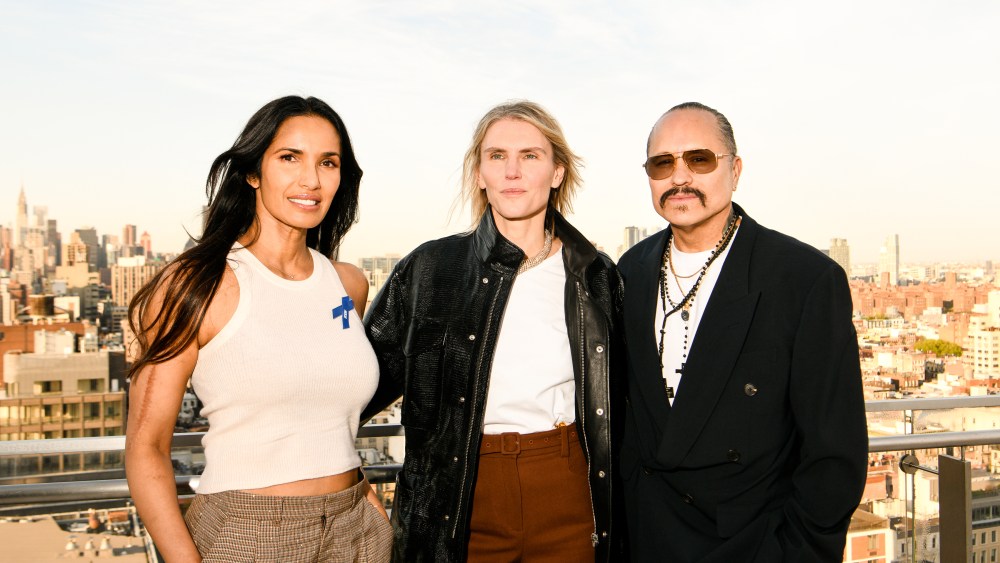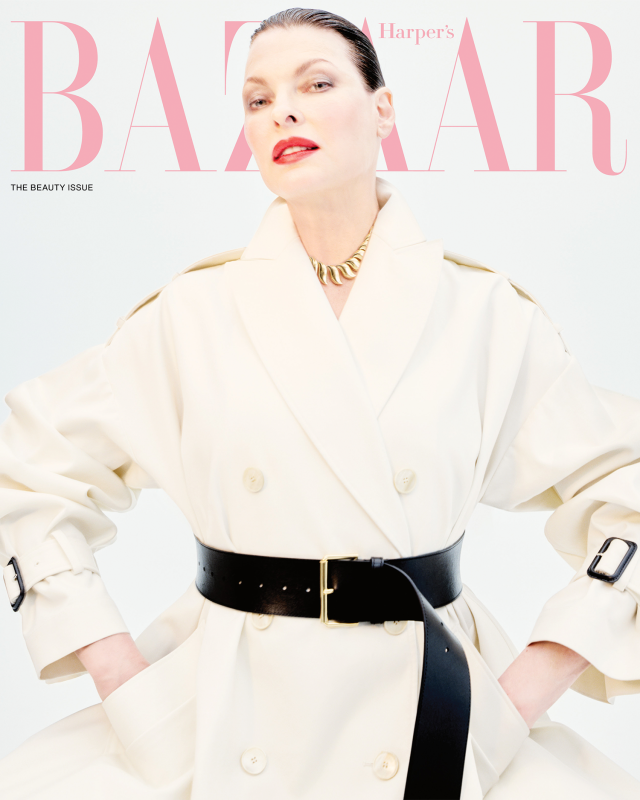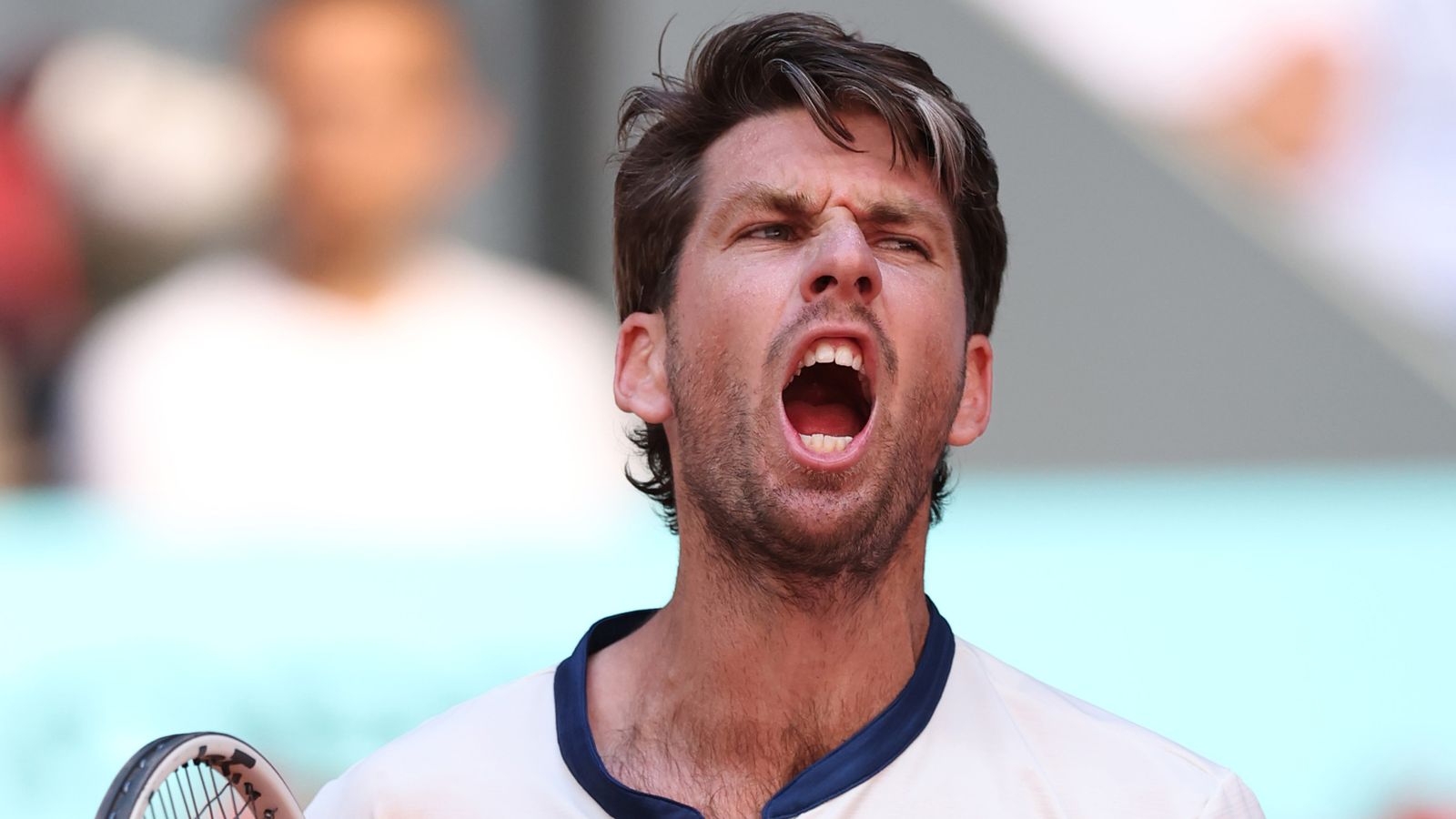
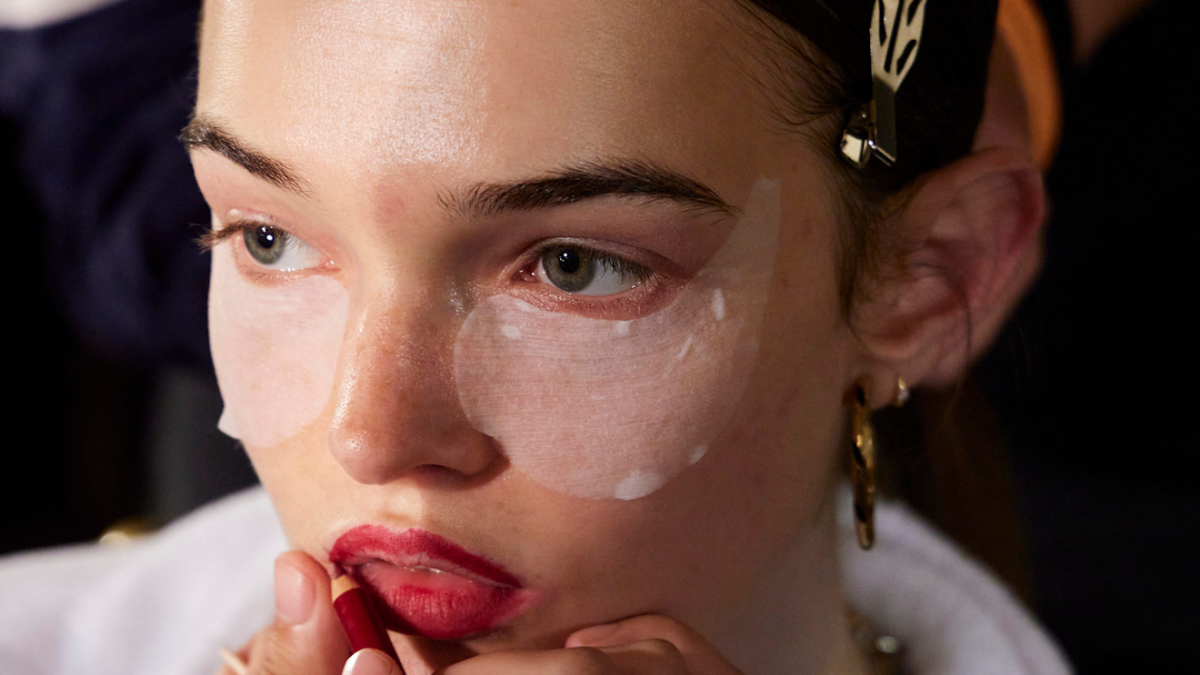
What do Gen-Z beauty consumers really want? That’s the question that has captivated plenty of brands over the past few years, and of course, research firms are in full data collection mode. On Tuesday, Gen-Z-focused brand strategy consulting firm DCDX released its Q1 report on the top 100 “magnetic” — or most culturally relevant — beauty brands of 2025 so far.
The findings include several notable trends researchers have clocked among Gen-Z beauty consumers: 1) Makeup brands are seeing a rise in engagement, while skin-care brands are losing their edge a bit. (Recession indicator, anyone?) 2) A handful of celebrity-backed beauty brands are still resonating, big-time, with Gen-Z shoppers. 3) Sephora has edged out Ulta Beauty by the metrics used in the report (and those are the only two retailers who even ranked on the list at all). And, 4) consistency is more impactful than virality.
“Brand ranking reports are almost always based on surveys and the assumption: To know, we must ask. But this is a different type of report — one based on the most influential and massive element of culture in the industry… user-generated content,” Mara Stolzenbach, director of strategy at DCDX, tells Fashionista. The firm looked at brands’ “ability to attract young people,” measured by organic user-generated content (UGC) around a brand. The report considers both how much (popularity) and how often (consistency) UGC is being created. It does not include paid content, owned content or influencer partnerships. “[It’s] just the voices of billions of people participating in this conversation,” notes Stolzenbach.
Why such a major focus on UGC? “It creates awareness, drives consideration, is four times more influential in driving purchases than influencers, and is, in itself, a post-purchase brand advocacy action,” says Stolzenbach. “UGC is the currency of modern brands — and it shapes not just brand movement, but category-level change.”
As for why makeup seems to be gaining traction over skin care right now, Stolzenbach thinks, from a UGC standpoint, it’s pretty clear: “Social media has long glamorized outcomes over process — and this is just another display of that dynamic. Makeup has an immediate, visual appeal, while skin care often requires documentation and a journey. One is simply more content-worthy than the other,” she notes. So the report’s specific metrics may be one cause of these findings, while the current economic climate could also be a contributor.
Gen-Z beauty shoppers are certainly feeling the economic uncertainty of 2025, as evidenced by another aspect of the report. “This year, the top-ranking theme in our UGC profiles… was ‘Value-Seeker,’ [which focuses on] hacks, dupes, tips and tricks, etc. over previously dominant ‘Storyteller,’ [which focuses on] ‘Get Ready With Mes’ (GRWMs), Day in the Lifes, etc.,” notes Stolzenbach. “In an increasingly volatile and uncertain economic market, this is a crystal clear sign of the consumer’s sensitivity to these environmental factors.”
While it seemed for a moment that celebrity beauty brands were declining in relevance, three key ones — Rihanna’s Fenty Beauty, Hailey Bieber’s Rhode and Selena Gomez’s Rare Beauty — made the list of DCDX’s top 10 brands of 2025 so far. But the key takeaway here, argues Stolzenbach, is that each of these brands has developed its own powerful resonance separate from its famous founder.
“Not all celebrity brands rank so highly,” she pointed out. “Look at R.E.M., from Ariana Grande, ranked at #62, for example. While they certainly hold a leg up in their ability to scale, they are also more volatile, dependent on the creator’s/celebrity’s status and appeal — not the more protectable elements of the brand. Rare, Fenty and Rhode have built more than just a celebrity association. They carry with them powerful narratives and brands.”
As for the most important takeaways for brands and those in the industry, Stolzenbach stresses the importance of a “slow and steady” mindset. “Going viral is helpful, yes. But consistency, as we look at it, is just as important. And that comes from speaking to and knowing your community,” she advises. “A beauty brand for everyone is a beauty brand for nobody — emerging brands that can find and identify their role as a brand, and who that role is for, will find a more stable journey…propelled by the power of their communities,” she continues. “This is where we’re also seeing the importance of IRL community rising again. Who do you show up for, and where do you show up for them?”
The report’s top 10 brands — ranked by their “power to attract young consumers” are as follows:
- Sephora
- Charlotte Tilbury
- Huda Beauty
- Fenty Beauty
- Rare Beauty
- Rhode
- Maybelline
- MAC
- Nyx
- Ulta Beauty
View the full report on DCDX’s website.
Please note: Occasionally, we use affiliate links on our site. This in no way affects our editorial decision-making.
Tune into the Fashionista Network to join the conversation with fashion and beauty industry leaders. Sign up here.
#Beauty #Brands #Capturing #Gen #Z039s #Attention

